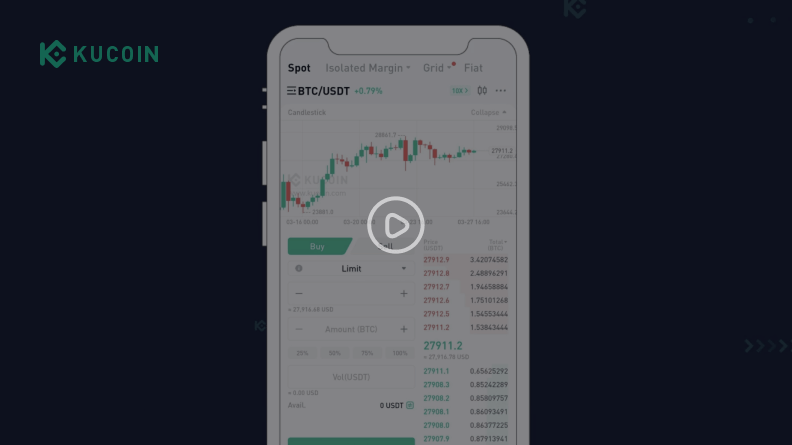Here are some reasons why you could consider investing in $KAS crypto:
Kaspa’s Innovative Technology for Scalability, Security
Kaspa's use of the GhostDAG/PHANTOM protocol represents advanced blockchain technology, offering immediate transaction inclusion in the ledger.
KASPA's distinctive blockDAG structure, underpinned by the GhostDAG/PHANTOM protocol, enables immediate transaction inclusion in the ledger, solving the blockchain trilemma by balancing security, scalability, and decentralization.
Growing Kaspa Ecosystem
The expanding development of dApps on the KASPA network could escalate on-chain activity, potentially increasing demand for $KAS. This growing ecosystem indicates a vibrant future for the Kaspa coin.
Decentralized KAS Mining Model
Kaspa aims to reduce the variance in mining income, promoting decentralization and reducing reliance on large mining pools.




 -10.63%
-10.63%

























